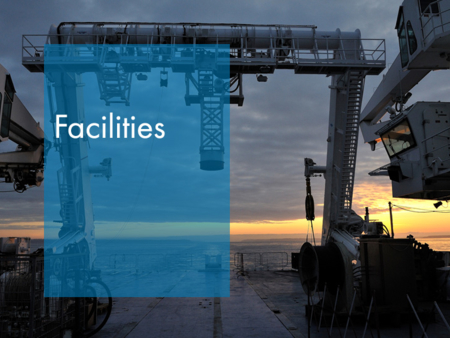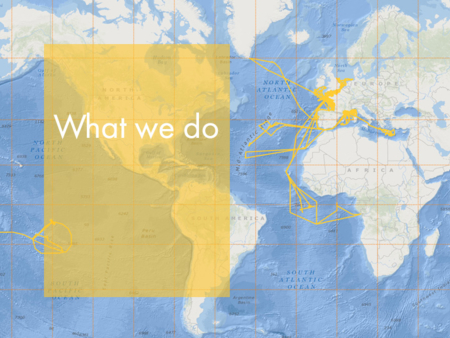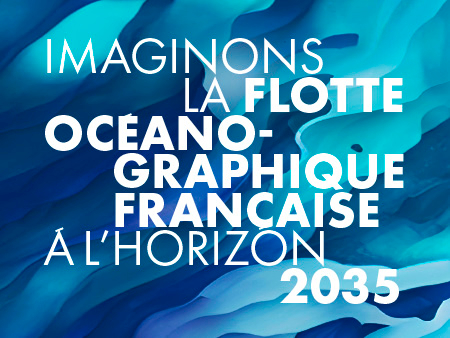Gravimeters
Gravimetry comprises a range of techniques used to measure gravity, the latter being the sum of the force of gravitational attraction and the centrifugal force caused by the Earth’s rotation.
Gravimeters of the French Oceanographic Fleet
Gravimeters are fitted to three ships in the French Oceanographic Fleet: Pourquoi pas ?, L’Atalante and Marion Dufresne. A gravimeter can also be installed on the Thalassa, depending on the needs of the scientific cruise.
The following gravimeter models are installed on the ships:
- Supplier: BGGS, based in Germany
- Model: KSS 31 or KSS 32 (more recent)
The Marion Dufresne also carries a Lacoste MGS6 gravimeter.
Measuring with a gravimeter BGGS KSS 31 or 32
The KSS 31 and KSS 32 gravimeters comprise a gyro-stabilized platform (KT 31 or KT 32) and a gravity meter GSS 30. The platform is fitted with servomotors which maintain it in a horizontal position (using data supplied by two acceleration meters and a gyroscope). The meter measures vertical acceleration by means of a counterweight suspended from a spring which expands in a perfectly linear direction. An external PC is used to configure the system. Data is acquired using the TECHSAS system.
These gravimeters work by interpolation: they produce measurements relative to variations in gravity. In order to calculate absolute gravity, calibrations are carried out whenever the ship is alongside (connection to a reference station using a mobile gravimeter). Calibration enables the operator to estimate the meter’s drift so that measurements taken at sea can then be corrected.
Specifications for the gravimeters are indicated in the table below (straight line acquisition, drift less than 3 mGal/month).
Vertical acceleration | Pre-processing accuracy (RMS) | Post-processing accuracy (RMS) |
< 15000 mGal | 0.5 mGal | 0.2 mGal |
15000 – 80000 mGal | 1 mGal | 0.4 mGal |
80000 – 250000 mGal | 2 mGal | 0.8 mGal |




